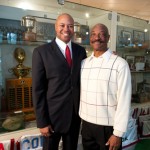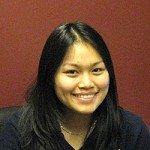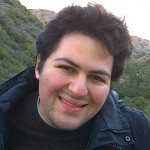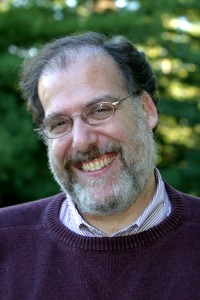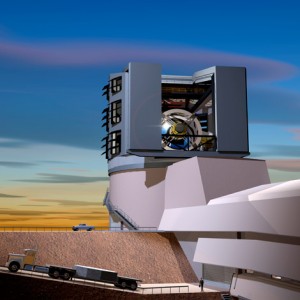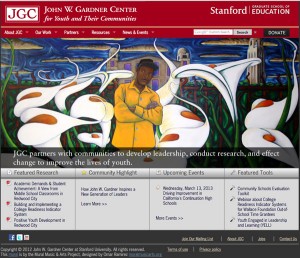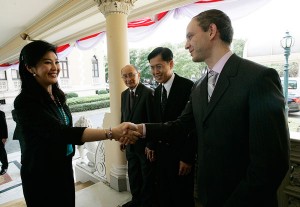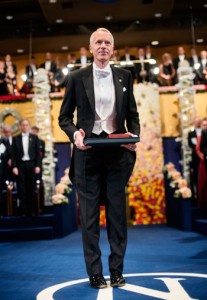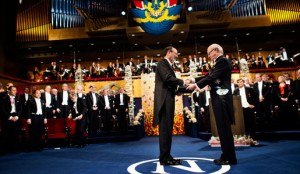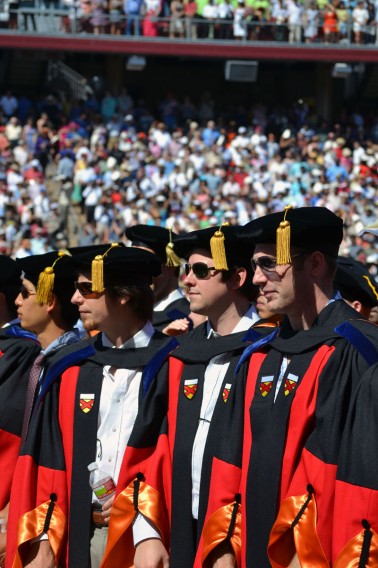The name WILLIE SHAW has held a special place in collegiate and professional football for decades. Now the former Stanford defensive coordinator will have his name permanently affixed to those who hold his former Stanford title. Last week, Stanford Athletics announced that its defensive coordinator position has been endowed, thanks to a generous gift from an anonymous donor.
“I was emotional when I heard that this endowed directorship was named in my father’s honor,” said current Cardinal Football Head Coach DAVID SHAW.” My dad coached here two separate times, and the thing to me that stands out more than anything is how he impacted the lives of the men he coached here. My entire life, I have heard from the guys he coached here in the ’70s and ’90s how the original Coach Shaw made such a profound impact upon their lives. My dad’s name being associated with the Stanford defensive coordinator to me is associating the position with toughness, intelligence, innovation and the spirit of mentoring young scholar-athletes.”
One of those coaches that Willie Shaw groomed is DEREK MASON, who is in his fourth year coaching at Stanford and his third coordinating the defense. In 1995 Mason had an internship with the St. Louis Rams, where the elder Shaw was that team’s defensive coordinator. Mason will be the first Willie Shaw Director of Defense.
“The honor of being the Willie Shaw Director of Defense has special meaning to me because of how he has believed in and empowered me through a relationship of nearly two decades,” said Mason. “Coach Shaw has profoundly helped foster my growth and understanding in what it takes to lead young men with lessons that extend to, and far beyond, the field of play.”
Willie Shaw did two coaching stints on the Farm – from 1974 to 1976 and from 1989 to 1991. His career also included 15 years in the NFL as defensive coordinator and assistant head coach.
“It is hard to find the words to express how much I appreciate the Stanford experience which has changed my life and my family’s life for nearly 40 years now,” said the elder Shaw. “To be connected with Stanford Football into perpetuity like this is unbelievable. All of my associations and my family’s associations with Stanford have made us complete and blessed.”
Read the full story on the Athletics website.
